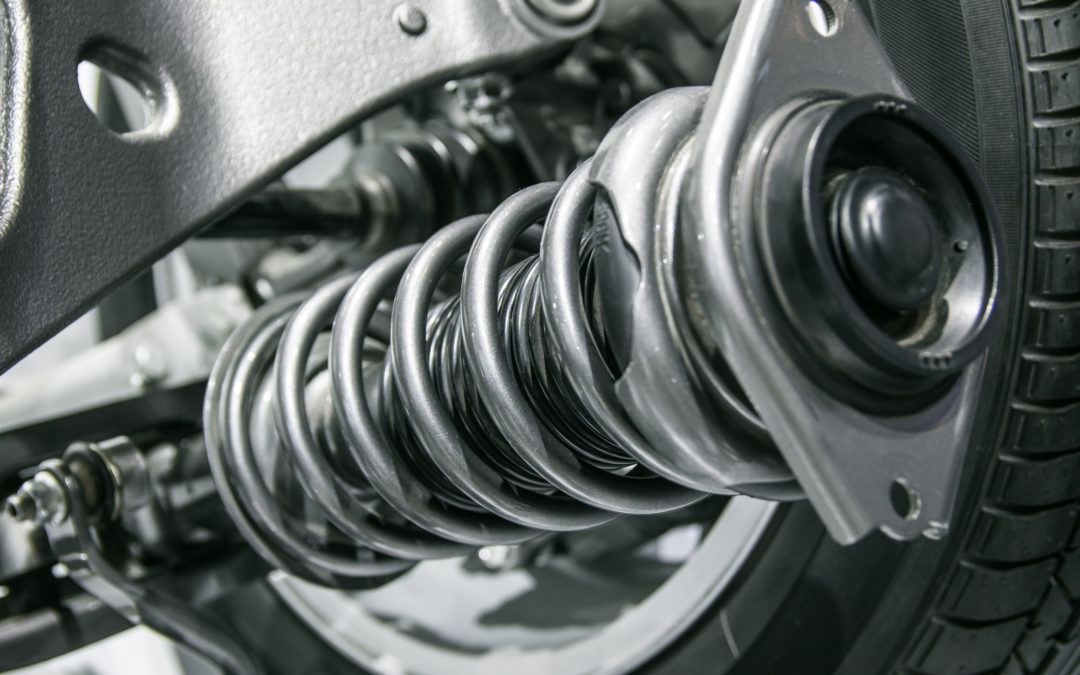We make springs for many types of industries. Quite often, we’re asked if we make springs for the automotive industry. The short answer is, “yes.” The long answer is to follow. While automotive springs are not Katy Spring’s main industry of service, the history of automotive springs is an interesting topic.
Automotive Springs — the Backstory
The modern automobile suspension system was developed in 1904. Automobile suspension was quickly upgraded in 1906 when front coil springs were mounted on a flexible, hickory axle that dampened spring bounce.
Leaf springs were first used on carriages. In 1804, the stackable leaf spring was invented and used primarily in rear suspension systems.
Coil springs were first invented in 1763 and were experimented with further, but car makers stood behind leaf springs because leaf springs were less costly and could support varying weights by simply changing the roundness of the leaf spring.
In 1908, Henry Ford used leaf springs mounted on each axel as opposed to having one mounted to each wheel. Ford later discovered he could gain more strength by using vanadium steel in the Model T.
Coil springs were not used in the front suspension again until 1934 when all the major auto makers reintroduced coil springs into the front suspension, this time with each wheel having its own, independent spring. Around the same time, cars also begin to use shock absorbers and low pressure tires to further improve suspension systems and lessening spring bounce.
Rear-end coil springs were first introduced by Buick in 1938. The larger cars generally had leaf springs, while smaller cars had coil springs.
Even today, car suspension systems are being constantly improved and the leaf and coil spring still plays a vital role in the automobile suspension system.
Contact Katy Spring
Our professional staff gladly provides expert insights regarding regular and custom orders. Contact us today for a quote!
